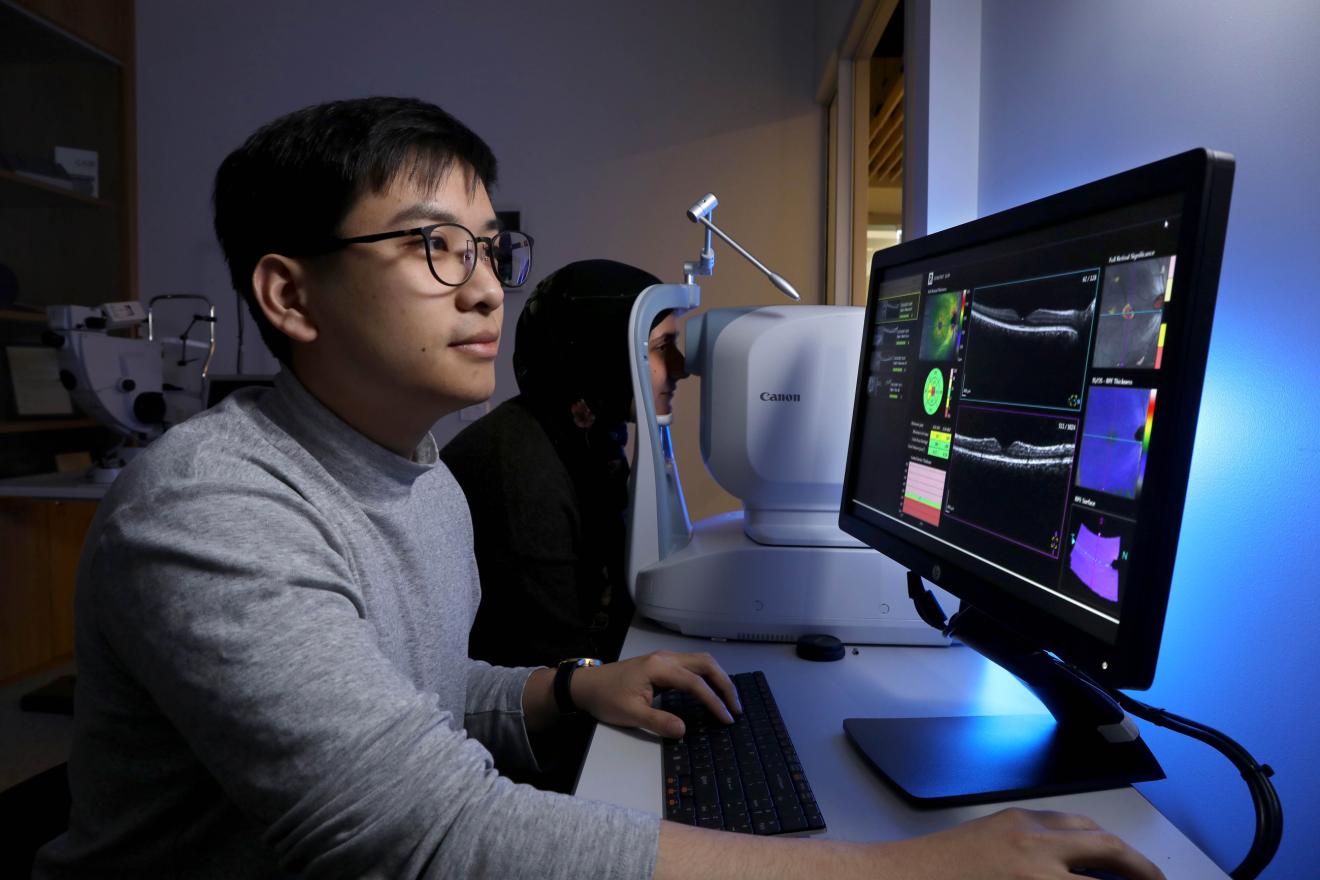Passionate about eye health? Inspired by interdisciplinary health care? Looking for a specialisation where professionals are in short supply?
The UTS Master of Orthoptics – the only degree of its kind in Australia – just might be for you.
Why study orthoptics at UTS?
-
Rigorous, practice-based training
We prepare students for success through in-class simulations, interdisciplinary workshops and authentic assessments. You’ll also benefit from our strong links with local clinics and hospitals, with hands-on clinical placements.
-
World-class study environment
Our state-of-the-art facilities create the optimal learning environment for health students in the heart of Sydney. What’s more, the small orthoptics cohort fosters a sense of community between staff and students – you won’t feel lost in the crowd.
-
Engaged with the industry
All UTS orthoptics lecturers are passionate about the profession and active in research. This means you’ll be learning the most up-to-date techniques and using the most current tools, all under the guidance of highly-qualified experts.
Video: Meet orthoptics student Nikita
Course structure
-
Master of Orthoptics
15 Subjects
96 credit points2 years full-time
» On-campus study
» 280+ hours of clinical placements -
Year 1
- Eye and Visual Systems
- Binocular Vision and Ocular Motility 1
- Ocular Pathology 1
- Introduction to Professional Practice
- Clinical Management of Refractive Error
- Binocular Vision and Ocular Motility 2
- Ocular Pathology 2
- Professional Practice 1
-
Year 2
- Research Project 1
- Neurological Ocular Disorders
- Therapy, Management and Rehabilitation
- Professional Practice 2
- Research Project 2
- Advanced Professional Practice
- Professional Practice 3



